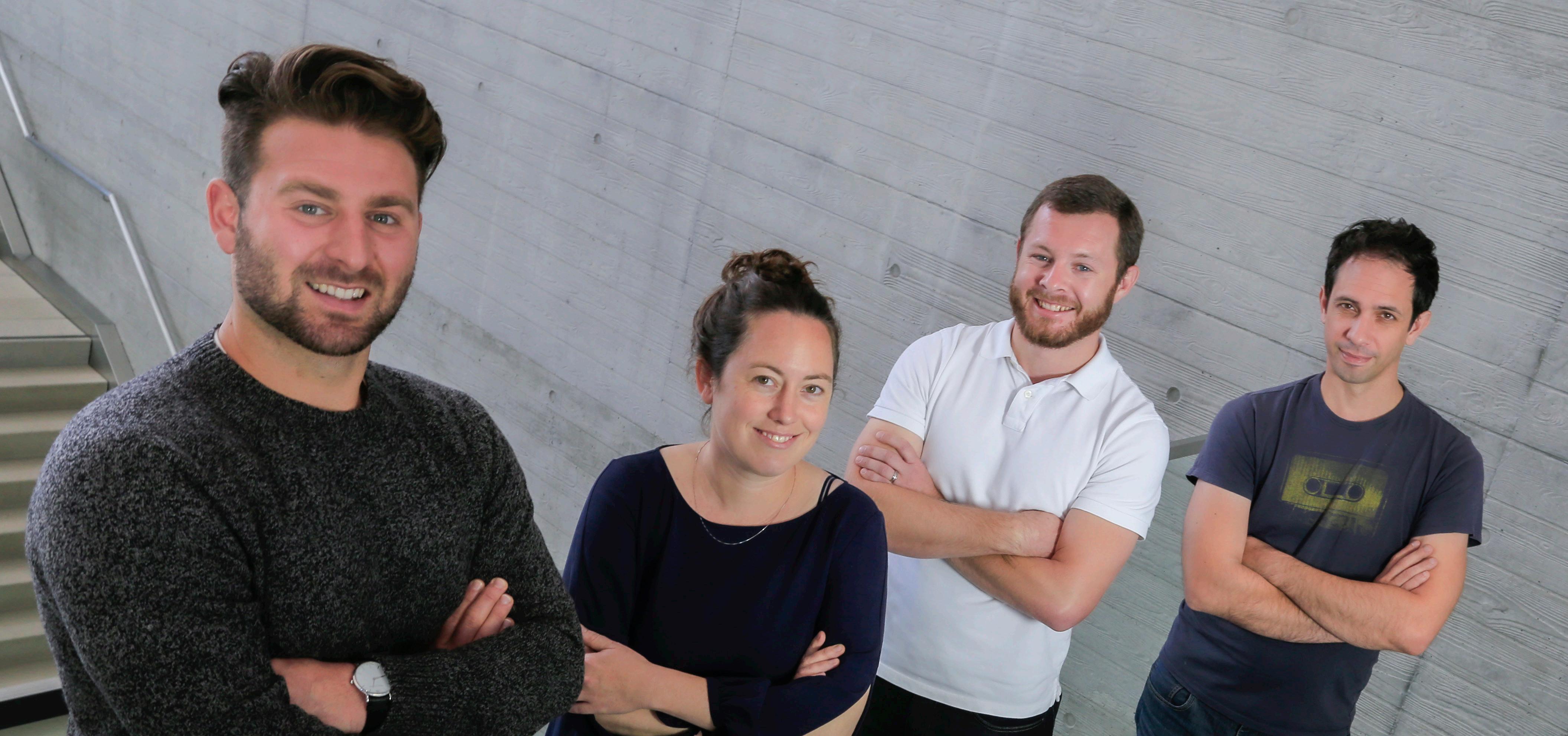
5 minute read
Auhll in for UCSB Q & A with CoE Dean’s Cabinet member and key donor Richard Auhll
from Convergence
by jackliu
AUHLL IN FOR UCSB AUHLL IN FOR UCSB AUHLL IN FOR UCSB AUHLL IN FOR UCSB
A conversation with CoE Dean’s Cabinet member and key donor Richard Auhll
Advertisement
Richard Auhll majored in aerospace engineering at the University of Michigan, then landed his “dream job” as a rocket engineer in the Advanced Design Group of United Technologies Corporation’s Rocket Division in the San Francisco Bay Area. While there, he earned a master’s in aerospace engineering from Stanford. Later, he left to pursue an MBA at Harvard Business School, where a new goal came into focus: “heading a hightech company on the West Coast.” He moved to California and was hired by UCSB benefactor Harold Frank to lead one of his companies, Circon Corporation, which made ultra-miniature tools for microscope work on computer memories. Auhll eventually purchased Circon and refocused it, based on his own market intelligence gathering, to manufacture the world’s smallest surgical instruments. That led to developing the world’s smallest color video-camera systems, which were connected to video monitors and used for teaching and to conduct micro-surgical eye and brain procedures. The micro-video system revolutionized endoscopy by allowing surgeons to use both eyes to view their procedures through ultra-small incisions magnifi ed on color video screens, rather than squinting into a single eyepiece. Auhll is a longtime member of the CoE’s Deans Cabinet. He funded the Auhll Professor and Dean of Engineering Endowed Chair and the Auhll Engineering Student Center. He participated in the UC President’s Engineering Advisory Council for all UC campuses, is a UCSB Gold Circle donor, and was the chairman of the UCSB Foundation. Convergence spoke with him in September.
RA: I am a true believer in higher education because of the very substantial benefi ts I have derived from it, especially as I am the fi rst in my family to attend college. I believe that my success has been grounded in the knowledge, analytical thinking, and self-confi dence I developed during my university education. I support the universities where I earned my degrees, and I also support UCSB due to the intellectual stimulation and the warm friendships I’ve developed with professors and staff over time. I believe in what they’re doing here.
C: You support not only the College of Engineering, but also Arts & Lectures and other programs. What motivates your philanthropy?
RA: I believe that a well-educated person should have some positive impact upon the community where he resides. UCSB provides more than eighty cultural programs throughout the year. These events are a unique addition to one’s life in Santa Barbara.
C: After earning your BS and MS in aerospace engineering and working in that fi eld, you earned your MBA at Harvard. What led you to the more entrepreneurial path you took?
RA: At the time, most Harvard Business School graduates went on to Wall Street, product management, or management consulting. Entrepreneurism was not a hot topic then, as Silicon Valley was in early development. I wanted to be in charge of all corporate activities as soon as possible, instead of waiting thirty years! During my employment search while at Harvard, I encountered Harold Frank and persuaded him to hire me as president and chairman of Circon Corporation, a small eight-person manufacturer of ultra-miniature tools. A few years later, I secured fi nancing to purchase the company. From there, major opportunities arose to expand and diversify.
C: What stands out to you as an important point of difference at UCSB?
RA: One thing is the cross-pollination among departments and labs. I’ve been involved with other universities where people were not nearly as cross-disciplinary and were very secretive and defensive about what they were doing. UCSB is noticeably open. The College of Engineering is small in some ways compared to competitor programs, but because of that spirit of collaboration, we have been able to work very well together and spread the advantages of any one area to benefi t all the other areas. Another strength is that we’re in a beautiful place where people like to live — on the ocean, not in a big metropolitan center. There’s more to living than just working on your computer.
C: Can you speak to the specifi c areas of strength where UCSB has chosen to invest its time, money, and energy?
RA: UCSB has been very good at choosing areas to focus on. For instance, there is no aerospace program here, because they decided that the department couldn’t be a major leader within a reasonable time. Likewise, it was decided not to develop an across-industry business school program and, instead, to create the more focused Technology Management Program. UCSB concentrates on fi elds where it can make substantial advances, rather than just copying what other people are doing in the areas.
For instance, our strength in materials, chemistry, physics, mechanical engineering, and computer science, plus the collegiality and collaborative approach to conducting science and engineering, were surely important in earning the $25 million grant from NSF to build the nation’s fi rst Quantum Foundry. We are poised to lead in developing materials needed to enable quantum computing and other quantum technologies. UCSB has been a great research university for a long time and is fi nally getting the recognition it deserves.
C: How do you see alumni support for the College?
RA: I think it’s extremely important to inculcate in students from the day they are admitted that, as graduates, they should want to give back to the university, rather than thinking that the university owes them their education and when they leave, it’s over. Only twenty percent of the entire university budget comes from the state. We need the support of our graduates who live good lives based on their professional success, which began here.


Students at work in the Richard A. Auhll Student Center.










